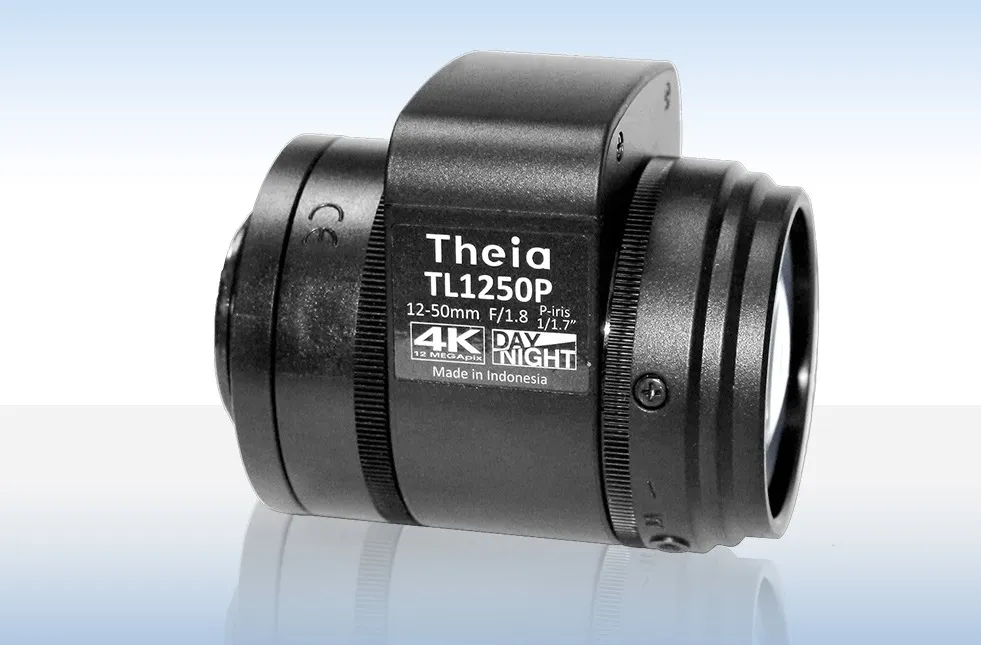Intertraffic sees the launch of
The company says this innovative multi-capability system uses the most advanced image technology with up to 30 megapixel effective resolution, combined with a single wide beam high definition mapping radar and high-powered LED in-line flash.
The result, says Redflex, is that Halo can deliver detection rates up to five times higher than competitor products across six lanes of approaching or receding traffic.
Halo produces clear facial images for front detection and provides accurate enforcement of red light; speed; mobile phone use; bus lane; average speed; close following; gridlock; dedicated lane; ANPR; and wrong-way driving, all from within a single housing.
The Halo system uses multiple cameras with small-format CMOS sensors to provide a single high quality sharp image and optimum field of view for dedicated lane cameras, delivering a higher capture rate at 12 incidents per second, with effective resolution from 10 to 30 megapixels. Maximum horizontal resolution provides the best number plate capture.
Redflex says installation is quick and simple; the one-pole housing, which is built and adjusted in-factory and simply fitted on site, enables faster build and installation and requires minimal road works to install and maintain.
“This product brings together all our learning and customer feedback from over the years,” says Andrew McKindlay, Group Head of Strategy and Business Development for Redflex Traffic Systems. “By incorporating this, we have created a product that is going to change the market and lower the cost of ownership for customers.”
Redflex unveils Halo traffic enforcement solution
Intertraffic sees the launch of Redflex Traffic Systems’ latest solution in traffic enforcement - Halo. The company says this innovative multi-capability system uses the most advanced image technology with up to 30 megapixel effective resolution, combined with a single wide beam high definition mapping radar and high-powered LED in-line flash. The result, says Redflex, is that Halo can deliver detection rates up to five times higher than competitor products across six lanes of approaching or receding traffi
April 6, 2016
Read time: 2 mins










